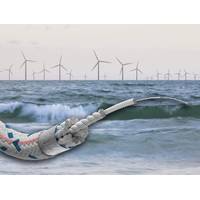
Bekaert Joins Tailwind Floating Wind Moorings Innovation Project
Universitet (Denmark), SINTEF Ocean AS (Norway), Fundación Tecnalia Research & Innovation (Spain), Nautilus Floating Solutions (Spain), Bekaert (Belgium), Subsea 7 Norway AS (Norway), Fondazione ICONS (Italy), Clarke Modet Y Compania S.L. (Spain), NKT Cables Group A/S (Denmark), University of Southampton (UK).Tailwind also targets a significant reduction of the levelized cost of electricity (LCOE) produced by floating offshore wind farms thanks to the higher cost-efficiency of the new mooring and anchoring solutions, avoiding bottlenecks and major dependency on the supply chain

The Problem with Reducing Underwater Radiated Noise
regions/channels, or there is an option to build these sensitive areas into the routing for wind software that may enable that portion of the voyage to be undertaken using wind power alone or significantly reduced propellor loads.”Shipping sustainability expert Dr Seyedvahid Vakili of the University of Southampton highlights the significant potential to reduce URN from commercial vessels by complying with IMO GHG emissions regulations. He estimates that a 10% reduction in speed could result in a 40% reduction in sound energy generated by global shipping because cavitation noise levels is speed-depend
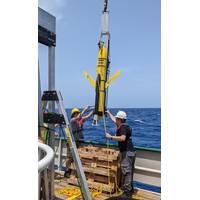
Researchers Study the Fast Gulf Stream Currents
most instruments before encountering high winds on the last day.The C-Streams project is a four-year UK-US collaboration that is supported by the Natural Environment Research Council (NERC) and the US National Science Foundation (NSF). Researchers from the National Oceanography Centre, the University of Southampton, the University of Liverpool, the Scottish Association of Marine Science, the British Antarctic Survey and the University of Miami are involved in this project
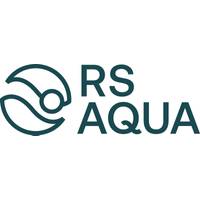
RS Aqua Score Funding for AI Marine Mammal Protection Plan
RS Aqua won funding to develop a new system to monitor the underwater environment. Collaborating with the University of Southampton and funded by Innovate UK, the MARLIN project will develop an underwater sensor that uses machine learning to identify harmful environmental activities and transmits information in real time to a web app. This is designed to allow stakeholders to remotely monitor the underwater environment and make decisions in real time. MARLIN will develop several new technologies: new machine learning techniques to distinguish between ambient and unusual environmental noise (such
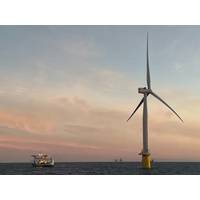
How to Stop Skyscraper-sized Floating Wind Turbines from Drifting Away
.Without more investment in anchor technology to streamline installation, improve anchor performance and limit damage to the natural world, the potential of floating wind to help the energy transition will be greatly reducedAuthorsBenjamin Cerfontaine, Lecturer in Geotechnical Engineering, University of SouthamptonSusan Gourvenec, Royal Academy of Engineering Chair in Emerging Technologies - Intelligent & Resilient Ocean Engineering, University of Southampton(Source: The Conversation
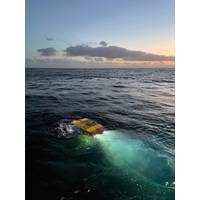
NOC Expedition Seeks Answers on Subsea Mining Impacts
by the Natural Environment Research Council (NERC) and its project partners. Natural History Museum, British Geological Survey, Heriot Watt University, JNCC, (Joint Nature Conservation Committee), Liverpool University, SAMS (Scottish Association of Marine Science), University of Plymouth, University of Southampton.Image courtesy NO
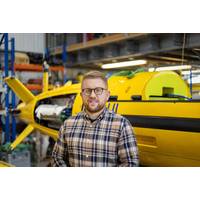
Oi '22 Gains Traction for Live Exhibition in March
(UUVs) and not an uncrewed surface vessel (USV) in sight. Times have definitely changed and there are now even more platforms, underwater and on the surface, all supported by Sonardyne technologies.”Sonardyne will be performing dockside demonstrations with a C-Cat 3 USV on loan from the University of Southampton from 12:30-13:00 and 2:30-3:00 every day of the show. Demonstrated technologies will range from the industry-leading SPRINT-Nav Mini hybrid navigator to the Mini-Ranger 2 USBL system, all working together in real-time to output commercially useful navigation and positioning data, including
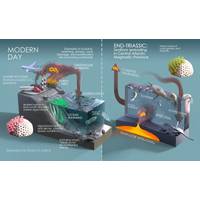
Research: Study Pinpoints 'Twin Triggers' of Triassic Era Marine Life Extinction Event
time intervals further will inform us more about the history of our Earth, but also what climatic changes we can expect moving forward as CO2 levels continue to increase.”This research, led by Curtin University and funded by the ARC, was conducted in collaboration with researchers at the University of Southampton, Lahmont-Doherty Earth Observatory, MIT, and Oxford University. Dr Fox did the research as part of his PhD studies at Curtin and is now at Khalifa University.The full research paper, ‘Two-pronged kill mechanism at the end-Triassic mass extinction’, was published in Geology and
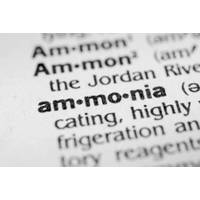
Ocean Infinity Aims to Deliver Ammonia Fuel Propulsion Package for Armada Fleet
UK-leading experts in clean fuel cell technology; maritime logistics; deployment and operation of remote and autonomous technology; and the development of operational regulations. The project team consists of an industry leading operator, Oxford Green Innotech, the University of Oxford and the University of Southampton’s Marine and Maritime Institute. Currently, most vessels use Green House Gas intensive internal combustion power systems. Directly targeting key elements of the UK Government’s 2050 Clean Maritime Plan, Ocean Infinity and its partners are introducing innovative new technologies


 February 2024
February 2024





